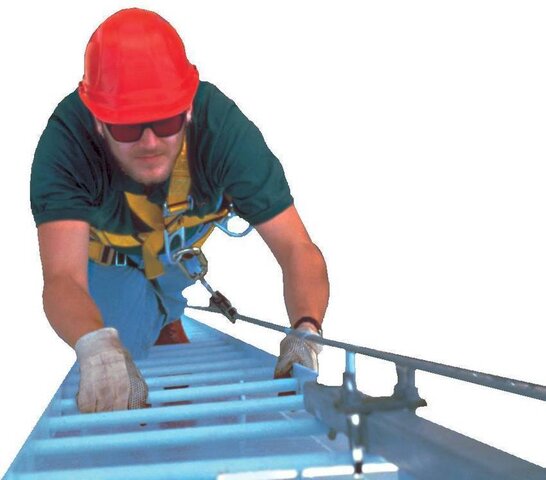Interesting harness usage on the left
View attachment 7292
It's like it's backwards or something.
Interesting harness usage on the left
View attachment 7292
Even with the larger picture, it is difficult to tell if he is working at height. Obviously he is not tied in so should not be working at height.
Bonus points for my previous question. At what point can you use your front/chest D-ring?
 Also see this site for reference.
Also see this site for reference. take a look at this. http://www.petzl.com/files/all/technical-notice/Pro/L59MGO-ABSORBICA-Y-MGO.pdf
ABSORBICA-Y | Petzl
What am I missing?
We use essential cookies to make this site work, and optional cookies to enhance your experience.

